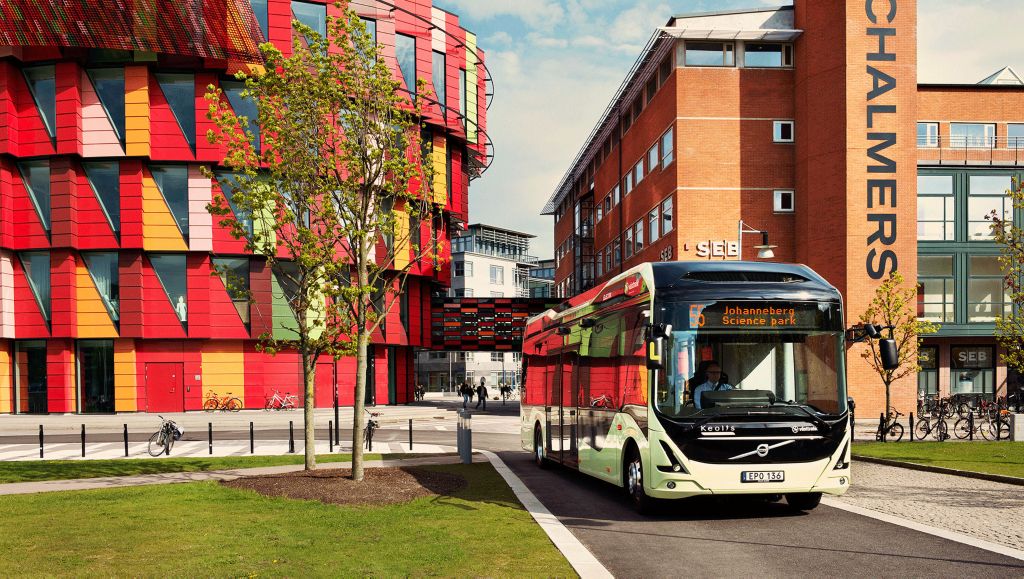Checking out the passengers


MariAnne Karlsson is a professor of human-technical systems at Chalmers University of Technology and is the person responsible for the study. “Over a period of one year we will ride the bus at different times and talk to the passengers to record their spontaneous comments,” she explains. “This is a unique possibility for monitoring an entirely new route featuring entirely new vehicles and ideas. Such radical studies are not often undertaken in public transport.”
The local public transport company, Västtrafik, has already conducted its own passenger attitude surveys. Most passengers are very positive to the fuel source, the buses and the bus stops, and MariAnne Karlsson is curious to find out if this attitude remains or if it declines as the novelty wears off.
“I’ve conducted research into public transport for 25 years and what we’re seeing now is a general change in attitudes. People are increasingly positive to sustainable transport systems and electric buses fit right in with this perspective. At the same time, sustainability and the environment are already a very strong part of public transport’s identity and we don’t know if the vast majority of passengers find it extra appealing that the bus is powered by electricity.”
Based on her experience as a researcher, MariAnne Karlsson predicts that the very fact that the electric bus is so quiet will be something that many passengers appreciate, that and the presence of free Wi-Fi on board.
“What is more, indoor bus stops create particularly interesting potential from the passenger viewpoint. The vision of an electric bus driving into the parking lot under a shopping centre so the passengers don’t have to wait in the cold is something that I reckon many people will find very attractive. The feeling is that the bus comes to the passengers rather than that they have to go to the bus.”
MariAnne Karlsson also points out that the symbolic aspect of an electric bus should not be ignored when conducting research into passenger perceptions and experiences.
“This bus is truly unique and it’s easy to understand the huge amount of work involved. Just the fact that the electric bus shows so clearly that time and money are being invested in public transport I reckon many people will find very appealing. Usually it’s the car industry that attracts attention for fantastic new features, but here Volvo is showing that buses can also be an innovative part of the transport system.”